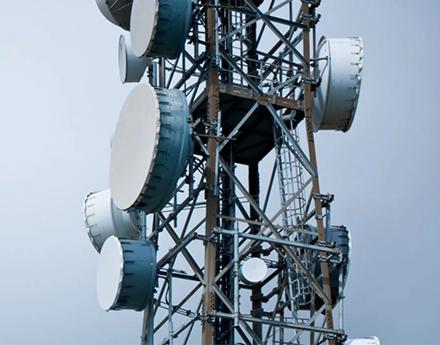Rigging is a critical aspect of lifting operations that often goes unnoticed but plays a pivotal role in ensuring the safety and efficiency of the lifting process. When it comes to eye nut lifting, proper rigging becomes even more crucial. Eye nuts are commonly used as attachment points in lifting applications, providing a secure connection for hooks, cables, or other lifting devices. To fully grasp the importance of proper rigging in eye nut lifting, it is essential to delve into the key considerations and best practices.
One of the primary reasons for emphasizing proper rigging in eye nut lifting is to ensure load stability and balance. Rigging involves the arrangement and connection of lifting components to create a balanced and secure configuration. When an eye nut is not properly rigged, the load may become unbalanced during lifting, leading to potential accidents, equipment damage, or injuries. Properly distributed loads enhance stability, reducing the risk of incidents and ensuring a smoother lifting process.
Inadequate rigging in eye nut lifting can significantly increase the risk of equipment failure. Eye nuts are designed to withstand specific loads and forces, and improper rigging can subject them to forces they were not designed to handle. This can result in deformation, cracking, or outright failure of the eye nut, posing a severe safety hazard. Proper rigging practices, including the selection of appropriate power distribution hardware and attachment points, help distribute forces evenly and prevent overloading, reducing the likelihood of equipment failure.
Worker safety is paramount in any lifting operation, and proper rigging directly contributes to a safer working environment. When this type of overhead line accessories is conducted with precision and attention to rigging details, the risk of accidents and injuries is significantly reduced. Workers can perform their tasks with confidence, knowing that the rigging system is designed and implemented to ensure their safety. Rigging that adheres to industry standards and guidelines creates a secure foundation for lifting operations, protecting both the load and the personnel involved.
Compliance with industry standards and regulations is non-negotiable in lifting operations. Proper rigging in eye nut lifting, a type of power line hardware is essential for meeting these standards, which are in place to safeguard workers and equipment. Rigging that adheres to established guidelines ensures that the lifting operation is conducted in a manner consistent with industry best practices. Additionally, compliance with regulations helps organizations avoid legal ramifications and financial penalties that may arise from workplace incidents or violations.
In conclusion, the importance of proper rigging in eye nut lifting cannot be overstated. Rigging is the backbone of any lifting operation, and when it comes to eye nuts, precision and attention to detail are paramount. From ensuring load stability and balance to mitigating the risk of equipment failure and enhancing worker safety, proper rigging practices contribute to the overall success and safety of lifting operations. Organizations involved in lifting activities must prioritize proper rigging, invest in training for personnel, and stay abreast of industry standards to create a secure and efficient lifting environment. By recognizing and implementing the significance of proper rigging in eye nut lifting, companies can foster a culture of safety, reduce the likelihood of incidents, and uphold the integrity of their lifting operations.



